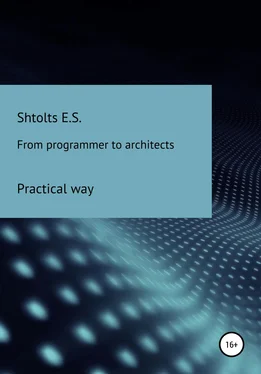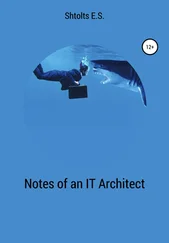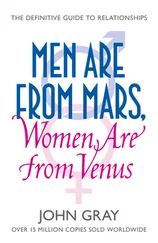DoDAF takes the concept of different points of view on the product, which can be especially when accepting a product made by customers, and the rest is aimed specifically at the executive order, presenting a multi-level detail from the idea to the implementation of changes, which details the creation towards the transition to it. TOGAF is the successor to Zachman, and ARIS is very similar conceptually and schematically, so we will look at TOGAF and ARIS in general and focus on the differences.
For TOGAF, I recommend using the Archimade1,2 flowchart program, which can be downloaded for free on the official website. TOGAF assumes the stages in the development cycle (separate project): architectural vision (strategy), business architecture (business processes), system architecture (in the Archimate layer of elements – applications), technological architecture (technologies), applications (physical) and a group of stages migration (migration). TOGAF itself does not contain any software in itself, but carries only a description (framework), different programs can be used for visualization, according to this TOGAF carries only advisory character, and the program itself is single-user. ARIS is already a group of commercial products, the framework of which comes with a free version of the ARIS Express program (ariscommunity.com), and since 2010 with a cloud solution. ARIS contains layers: goals, concepts (regulatory documents), base processes (148 types of blocks), objects of business environment. ARIS is more focused on big business, as it contains many unified approaches, they will provide a joint development model (client-server application), an automation language, and various paid services.
Project success for the project manager and architect are different. So, a project manager, as a “foreman”, must form the processes in a team and interact with interested parties in such a way as to meet the border requirements, which are fixed in the charter of the project, and submit the project. By the boundary conditions, the overall functionality, development time with its cost, which is important for the customer (project sponsor), otherwise the project will have to close. Buffers are laid during time and cost when planning risks, and it is negotiated with users about functionality, which allows balancing within the boundaries of these indicators within the uncertainty (laboriousness can be more than planned, sick employees increase the duration of the project, the necessary functionality changes when user preferences change) and hand over the project to users. The project manager does not conduct business analysis to formulate requirements, but, like analysts, interacts with interested parties to adjust their implementation in order to facilitate the delivery of the project. Also, the project manager is not interested in the fate of the project after delivery.
The architect also works with interested parties, but he forms a vision of the system, which is formed in parallel with the requirements for implementation. An architect connects at the earliest stages in the formation of requirements that he is able to influence. Also, the architect does not leave the project after delivery, since the developed system, as a rule, continues to develop, and the project is just a stage of its development, which promotes TOGAF in its architectural cycle.
Конец ознакомительного фрагмента.
Текст предоставлен ООО «ЛитРес».
Прочитайте эту книгу целиком, купив полную легальную версию на ЛитРес.
Безопасно оплатить книгу можно банковской картой Visa, MasterCard, Maestro, со счета мобильного телефона, с платежного терминала, в салоне МТС или Связной, через PayPal, WebMoney, Яндекс.Деньги, QIWI Кошелек, бонусными картами или другим удобным Вам способом.












